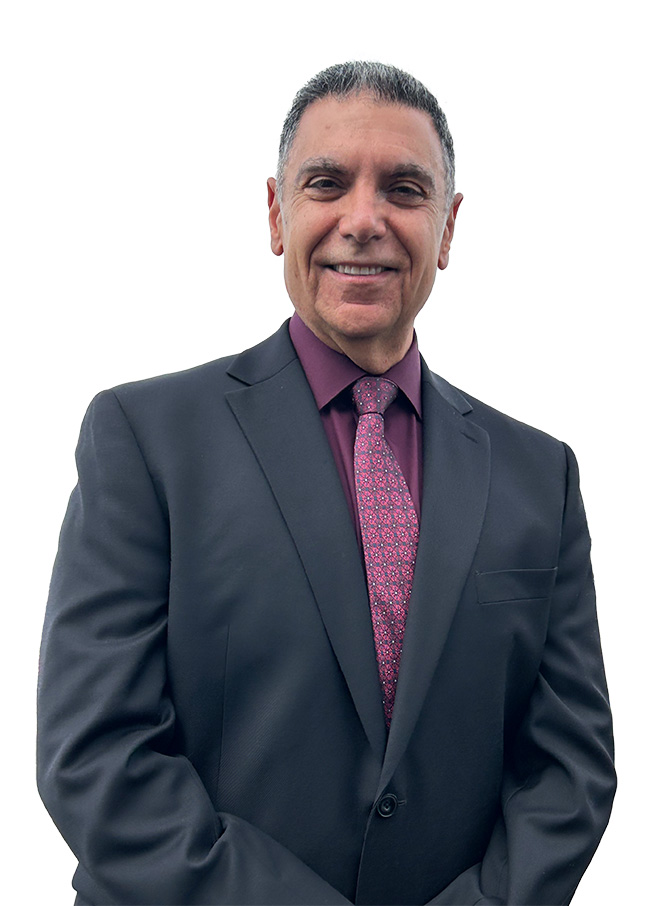By Atila Zekioglu, S.E., P.E., M.ASCE
I wish I’d known earlier in my structural engineering career about the essence of a successful design team. It’s not just about technical prowess. It’s about embracing the interdisciplinary nature of architecture and construction. Design teams thrive on collaboration and curiosity, so when we immerse ourselves in diverse assignments that foster collaborative environments, we elevate our skills and contribute meaningfully to innovative solutions.
To be part of a great design team is not the same as being at the table saying, “Yes, we can support that,” “No, that is never going to work,” or “Not in this seismic zone!” There is much value in learning to think not only like an architect, but also as a mechanical engineer, a facade consultant, a builder, or any of the many experts who come together to create extraordinary buildings. We must bring ideas that come from understanding what drives the design vision, from exploring concepts from the entire team’s perspective.

Buildings are complex three-dimensional puzzles with interdependent pieces that must coexist harmoniously. Achieving good design is not unlike solving a Rubik’s cube. The greatest value in a building comes from thoughtfully organizing, associating, and integrating systems, rather than simply grouping components by matching colors. This is where a curious, creative, and experienced project team plays a crucial role — filling in gaps and bringing missing pieces to life. The team visualizes concepts, tests adaptability, explores innovation and efficiency, and optimizes costs and constructability.
Some of us are exposed to architecture and other disciplines during our college years, but for the rest of us, it often doesn’t happen until we start working. But no matter your career stage, you can seek assignments that are driven by collaborative environments that facilitate architectural exploration and construction realities. Successful projects require many great minds, and the best minds are the ones that listen to and understand the passions and concerns of every teammate.
I was drawn to structural engineering because it combines problem-solving with a passion for design. I enjoy embracing the “Big Idea” and integrating structure into architectural visions. By embracing innovation and continuously learning from my peers, I’ve been able to advance my career and tackle even more challenges. I strive to make the exploration of structural systems an enjoyable and rewarding experience for everyone.
Atila Zekioglu, S.E., P.E., M.ASCE, is senior principal and design practice area leader at Degenkolb Engineers.
This article first appeared in the November/December 2024 issue of Civil Engineering as “Wish I’d Known.”



